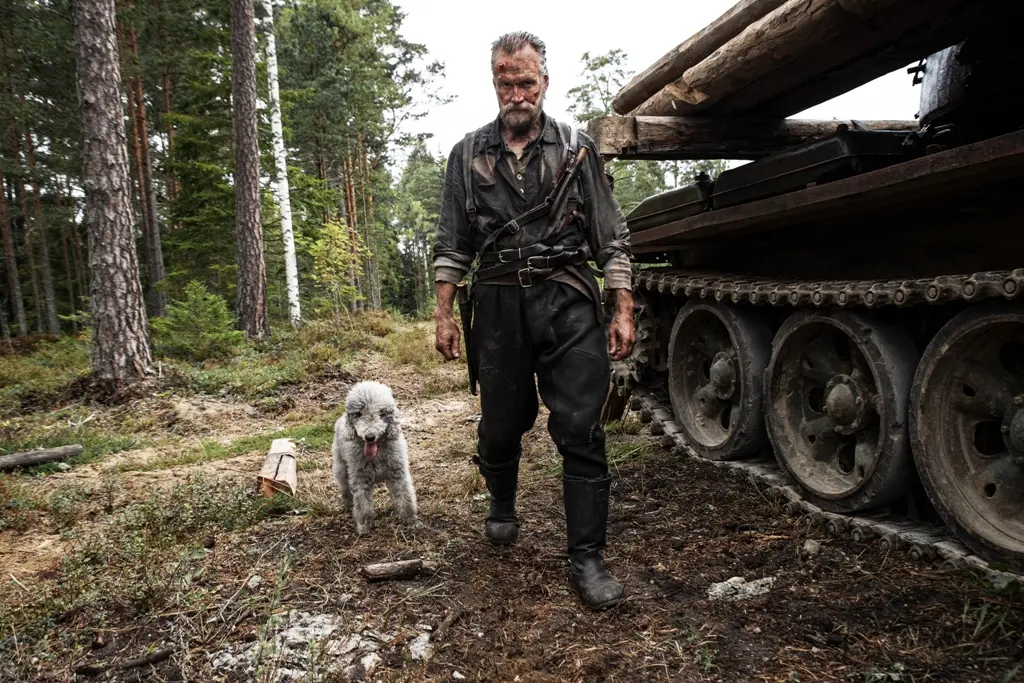NR | 1h 25min | Documentary, Docudrama, True Crime | 4 October 2022 (USA)
The new documentary “Sextortion: the Hidden Pandemic” (“STHP”) opens with this ancient text, attributed to St. Augustine: “Hope has two beautiful daughters; their names are anger and courage. Anger at the way things are, and the courage to see that they do not remain as they are.”





